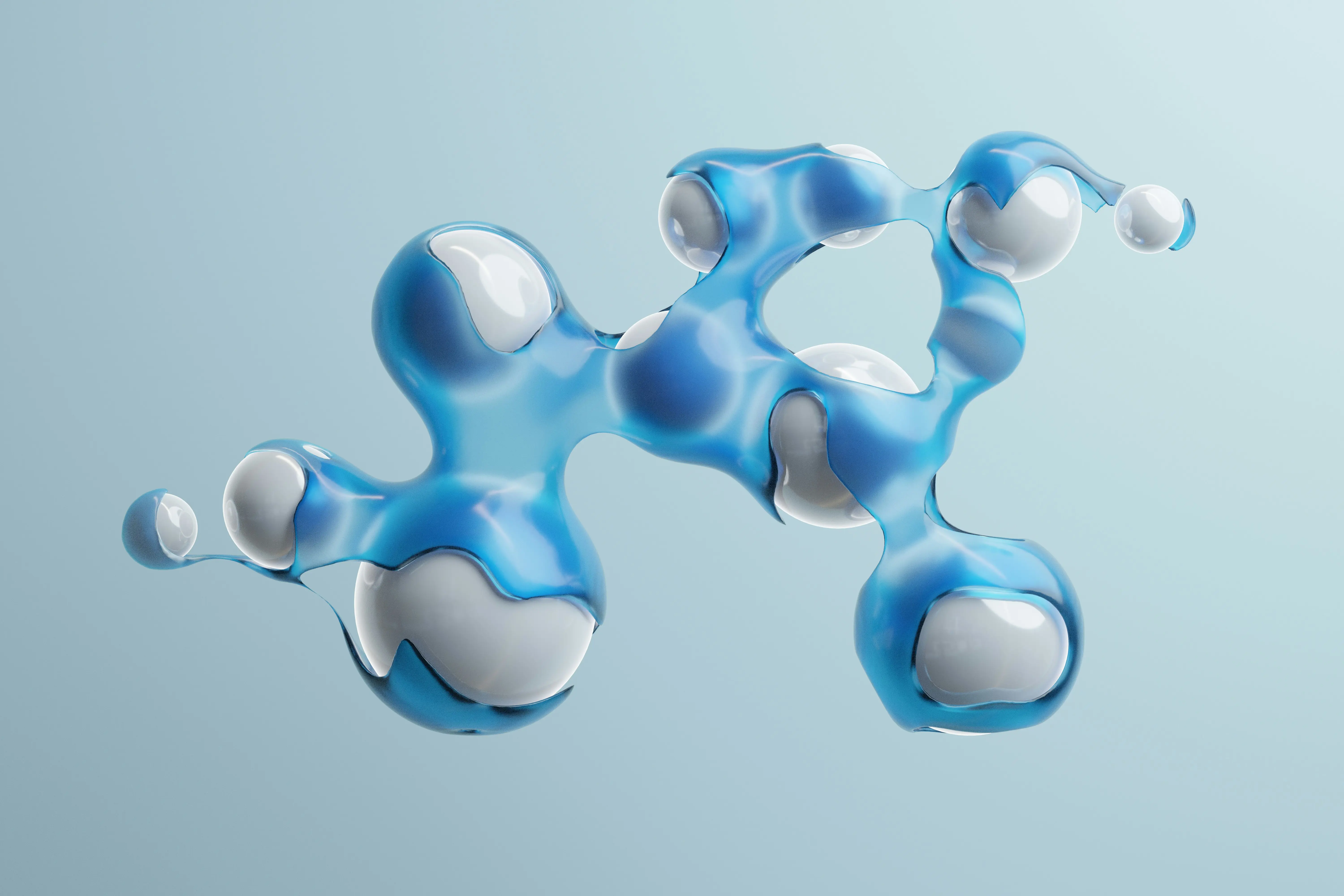Water-Powered and Supercharged: A Radical Rethink of the Battery

Batteries that run on water might sound like science fiction, but researchers at Peking University have just brought them one step closer to mainstream reality. In a new study, the team uncovered a hidden proton mechanism in water-based batteries that could unlock dramatically better performance, without the fire risk and environmental downsides of lithium-ion systems.
At the heart of this leap is the humble hydrogen bond. Long known for its role in water chemistry, it now appears to hold the key to rapid, reversible proton transfer, a crucial step in battery charge and discharge. By zooming in on how protons behave inside aqueous electrolytes, the researchers discovered a mechanism that allows them to move faster and more efficiently than previously thought.
The result? A new class of aqueous proton batteries with higher voltage, faster charging, and longer lifespan, all without relying on flammable or toxic materials. These findings could redefine how we store and deliver energy, especially in applications where safety and sustainability matter most.
Imagine a future where home storage units, electric scooters, and wearable tech all run on non-toxic, water-based batteries. No risk of explosion, no rare earth metals, and significantly lower environmental impact. The Peking team’s work makes this not just plausible, but increasingly likely.
Unlike lithium-ion systems, which face growing concerns over supply chains, environmental toll, and safety, aqueous batteries use abundant and benign materials. And thanks to this breakthrough, they may finally shed their reputation for low performance.
While challenges remain in scaling up and optimizing electrode design, the core chemistry now looks far more promising. As one of the lead researchers put it, “Protons might be the fastest couriers in energy storage, we just had to understand how to use them.”
If this hydrogen-bond insight holds at commercial scales, it could spark a clean energy shift, one powered not by rare metals or exotic materials, but by water and a smarter understanding of molecular motion.